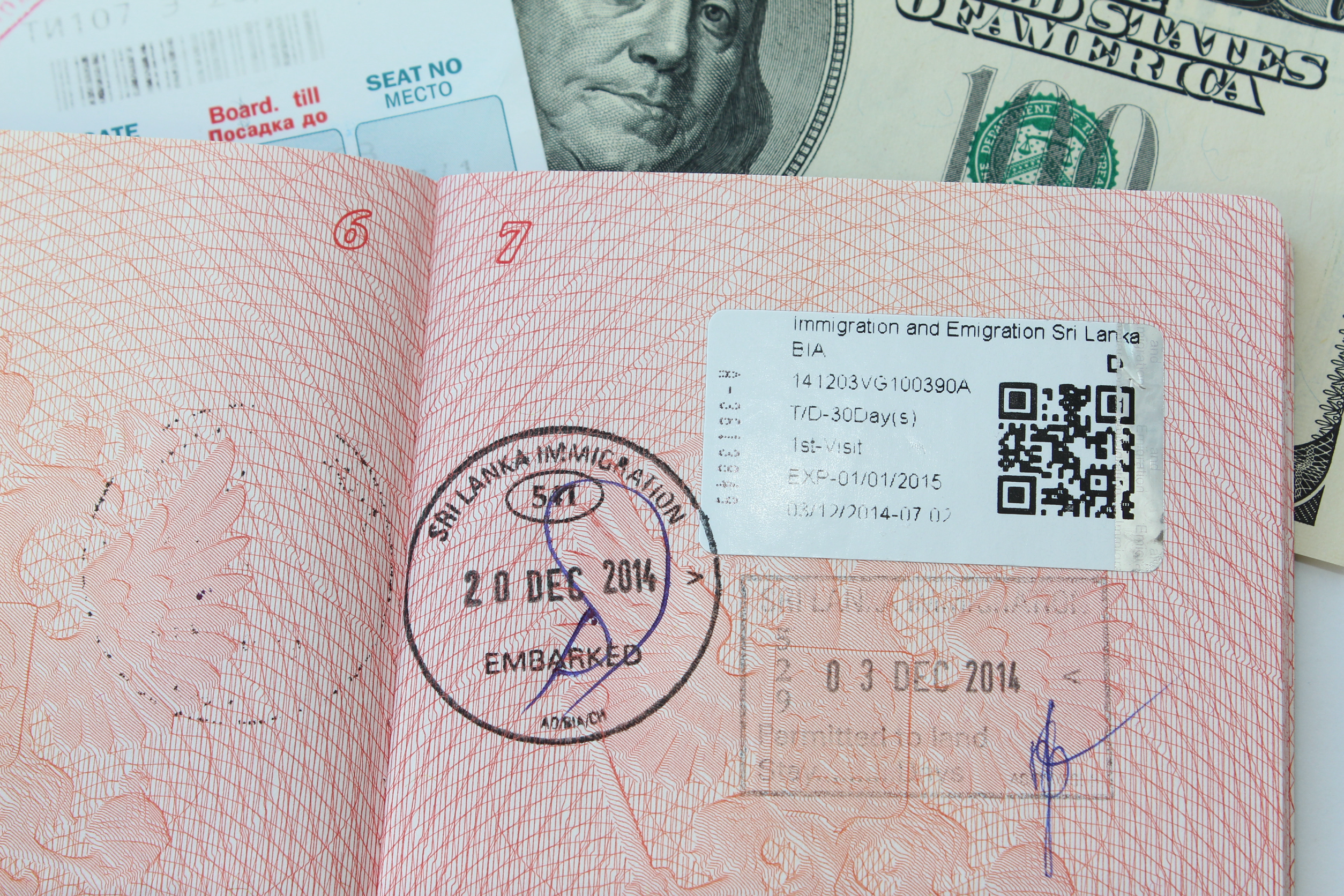Sri Lanka Visa Cost Increase - Most Expensive in Asia

In a recent turn of events that has stirred the travel industry, Sri Lanka has implemented a visa fee increase that now positions it as the most expensive visa in Asia. This move has drawn criticism from tourism leaders within the region, who are concerned about the potential impact on travel inflows. Here, we delve deep into the ramifications of this decision, exploring various perspectives and analysing its potential long-term effects on Sri Lanka's tourism sector.
The Context Behind the Fee Increase
As global travel begins to rebound from the COVID-19 pandemic, Sri Lanka has raised visa fees as part of its economic reform efforts. This decision seeks to bolster government revenues amid financial difficulties but could also deter tourists, a key economic driver for the nation.
The following sections explore the decision's context and its economic implications for travellers and Sri Lanka's economy.
Understanding the Decision
The Sri Lankan government announced the decision to hike visa fees as part of broader economic reforms. However, this increase has placed additional burdens on travellers, particularly when global travel is just beginning to recover from the setbacks caused by the COVID-19 pandemic.
Economic Implications
The primary rationale behind the visa fee increase is to boost government revenues, which various economic challenges have significantly impacted. Nevertheless, this decision risks reducing tourist arrivals, a critical source of income for the country.
The Impact on Tourism
The Sri Lankan government's recent hike in visa fees has sparked significant concern among tourism industry leaders. They worry that the increased costs may dissuade budget-conscious tourists from visiting, potentially driving them to more affordable destinations.
This section will examine the immediate reactions from the tourism sector and assess how the fee increase could impact overall tourist arrivals and Sri Lanka's competitive position in the global travel market.
Immediate Reactions
Tourism leaders have openly expressed their discontent, highlighting concerns that the increased cost could deter tourists, especially those from budget-sensitive markets. The fear is that travellers might opt for destinations with more competitive travel costs.
The Response from the Tourism Industry
In response to the Sri Lankan government's visa fee increase, the tourism industry actively seeks ways to mitigate its impact. Stakeholders and businesses within the sector are considering enhanced marketing efforts and are contemplating lobbying for policy changes.
Strategies to Mitigate Impact
Tourism businesses and stakeholders are exploring various strategies to counteract the negative effects of the visa fee increase. These include enhanced marketing campaigns and potentially lobbying for policy adjustments.
Voices from the Sector
We hear from several key figures in the tourism industry, sharing their insights and forecasts regarding the new visa pricing strategy.
Long-Term Considerations
This section delves into the complex interplay between the short-term economic benefits derived from increased visa fees and the potential long-term repercussions on Sri Lanka's tourism industry. As stakeholders voice concerns, the discussion also considers the prospects and implications of a possible policy reversal. Such a move could be pivotal in safeguarding the health and vibrancy of the tourism sector against the backdrop of immediate financial gains.
Economic vs. Tourism Health
This part of the article evaluates the delicate balance between short-term economic gains through increased visa fees and the long-term health of the tourism sector, which such measures might jeopardise.
Potential for Policy Reversal
Discuss the likelihood and possible effect of a policy reversal, considering the backlash from the tourism sector.
Conclusion
While the decision to increase visa fees positions Sri Lanka as the holder of the most expensive visa in Asia, policymakers must consider the broader implications for the tourism industry. Balancing economic needs with tourism growth is crucial for sustainable development.
FAQs
What is the current cost of a Sri Lankan visa?
The cost has significantly increased, making it the highest in Asia, though specific figures vary by type and duration of visa.
How does Sri Lanka's visa cost compare to that of its Asian counterparts?
It is the most expensive compared to India, Thailand, and Malaysia.
What are the expected impacts of this fee increase on tourist arrivals?
There are concerns that it might lead to a decrease in tourist numbers, particularly from price-sensitive markets.
Are there any plans to reconsider the visa fee structure?
While there are no immediate plans, continuous feedback from the tourism industry might influence future policy decisions.
What strategies are tourism leaders considering to mitigate the impact?
Enhanced promotional efforts and lobbying for more favourable visa pricing policies are among the considered strategies.
To obtain a Sri Lanka eVisa
- Step1: Fill out the digital application form with your passport information.
- Step2: Make your payment securely online using a credit card.
- Step3: Keep an eye on your email for confirmation of payment and the arrival of your eVisa, which will be delivered electronically.
Recent News
- Sri Lanka Maintains a $50 Visa Fee for International Tourists
- Sri Lanka's Innovative E-Visa System and Revised Tourist Visa Fees
- Sri Lanka Visa Cost Increase - Most Expensive in Asia
- The Ultimate Traveller's Guide to Sri Lanka
- Sri Lanka Cruise Visa Guide: Entry Requirements & Tips
- Sri Lanka Safety Guide: Know Before You Go!
- Cultural Etiquette and Must-See Places in Sri Lanka
- E-Visa vs Traditional Visa for Sri Lanka
- Common Sri Lanka Visa Application Issues and How to Resolve Them
- Travelling to Sri Lanka with Kids: Visa Requirements for Minors

